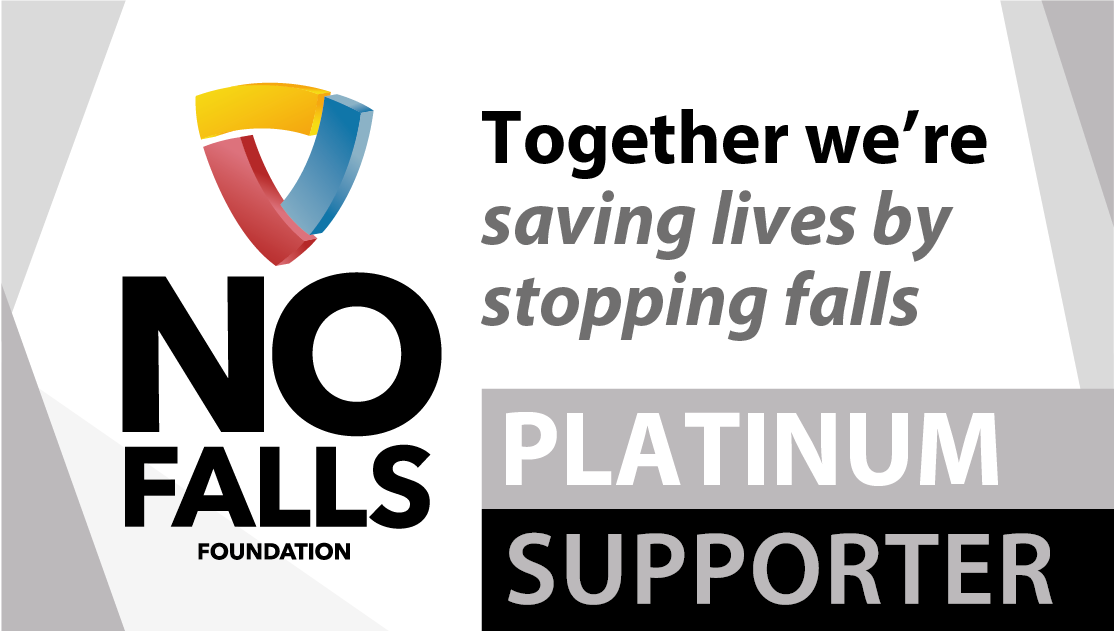Competence
Do you need to be competent to use a mobile tower to work?
There is a specific PASMA training course available for persons who will only be working from mobile towers but who are not building or dismantling, adjusting or moving them. Click here for details on the Work at Height (Novice) Course.
The Work at Height Regulations requires all persons working at height to be competent using the relevant equipment and they must be able to prove their competency.
How can I tell what types of tower my worker is qualified to build?
Ask to see their PASMA Card or Certificate of Competence. You can verify that it’s a valid card by entering the details into our Check a Card tool.
On the card you’ll see what Level the cardholder is trained to and also what Categories of training they’ve completed. Refer to the guide further down this page to see what the Level and Category codes shown on the card mean.
For example, if your worker is going to build a cantilever tower, you’ll want to see level U and category A6.
What does the ‘level’ mean on a PASMA Card?
Every PASMA Card and Certificate of Competence confirms the ‘level’ to which the cardholder has been trained. Here are the different levels and what they mean:
U for ‘User’
This is the standard PASMA qualification, meaning the cardholder has trained as a tower user. The ‘category’ shown on the card shows what courses they’ve completed and therefore what types of towers they’re trained to assemble.
I for ‘Instructor’
This is only for those who are qualified to teach one or more PASMA courses. The ‘category’ shown on the card shows what courses they can teach.
M for ‘Manager’
The cardholder manages or supervises people who work at height on mobile access towers and has taken a PASMA course on how to ensure the work is properly planned and organised and that those involved are competent and properly trained.
R for ‘Professional Tower Rigger’ or S for ‘Access Tower Specialist’
This person is an Access Tower Specialist (formerly known as a Professional Tower Rigger), meaning they assemble complex and unusual tower structures as a career. They’ve passed the most advanced tower training course yet created, undertaking intense practical and theory work to prepare them for building towers not covered by the EN 1004 specification.
What does the ‘category’ mean on a PASMA Card?
Tower users can complete a range of PASMA training courses, each one covering a different type of tower. Check the ‘category’ on their card to see which courses they’ve passed.
Similarly, every PASMA instructor is qualified to teach one or more of these courses. Check the ‘category’ on their card to see which courses they can teach.
Here are the different categories and what course they relate to:
A8: Linked Towers
Unable to find an answer to your question?
Please visit our contact page and get in touch. We will answer your question directly.



